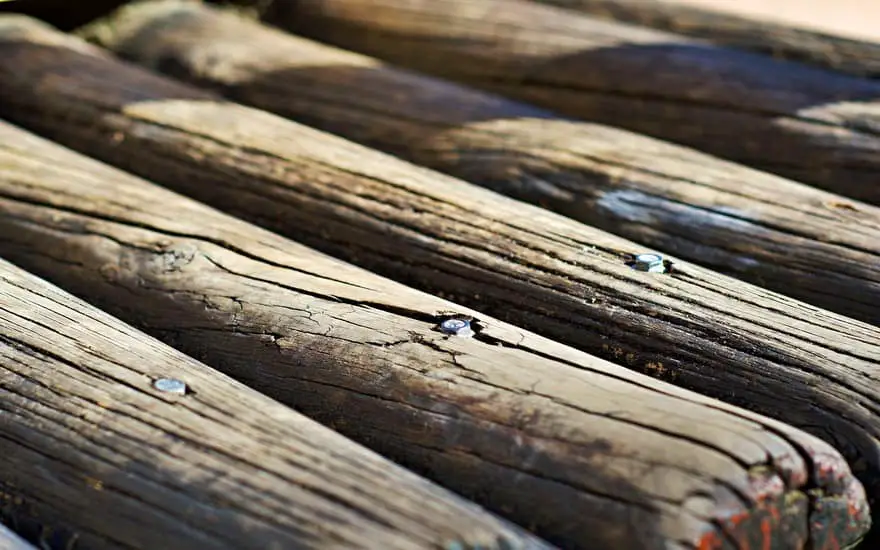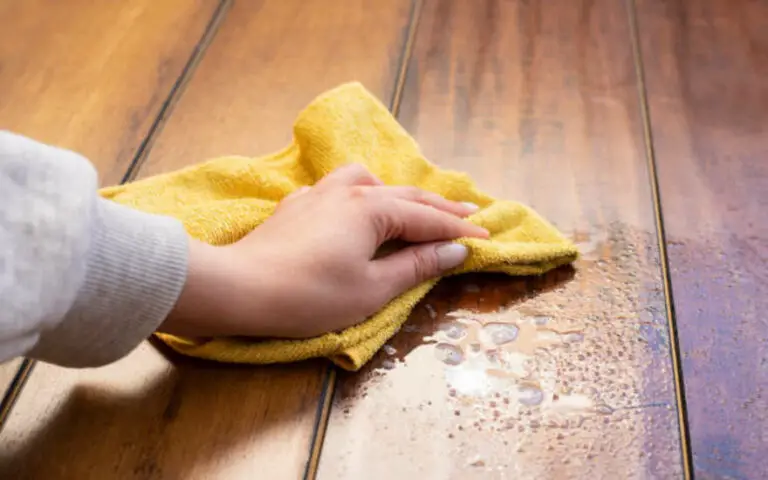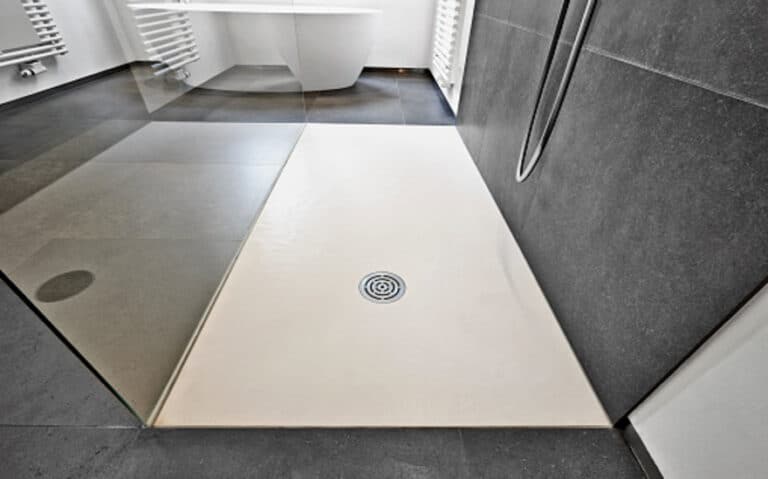It can be a real nuisance and lead to severe structural damage. Have you ever had to deal with How to fix rotten floor joists under your bathtub? It can be a real nuisance and lead to severe structural damage if not addressed promptly. Fortunately, there are actions you can carry to fix rotten floor joists and prevent future damage. This writing will stroll you through how to repair rotten floor joists and provide tips for preventing future injuries.

How to Fix Rotten Floor Joists Under Your Bathtub
The first step in tackling rotten floor joists is to pinpoint the origin of the trouble. Rotten floor joists are usually caused by water damage, so it’s essential to locate the start of the water leak. If the source isn’t found and fixed, the repair won’t last, and the problem will continue. Once the head of the water damage is identified and corrected, the next step is to improve the rotten floor joists.
One way to fix rotten floor joists is to replace them with new posts. This involves removing the old posts and installing new ones. This requires having the right tools and skills and is best left to professionals. If the damage is minor and the joists are still structurally sound, then sistering can be done. Sistering is installing new posts next to the existing ones and using metal brackets to tie them together.
Causes of Rotten Floor Joists
There are several potential causes of rotten floor joists, but water damage is the most common. Leaking pipes, bathrooms, or washing machines can cause this. It can also be caused by flooding, poor drainage, or high humidity levels. The joists can sometimes become weak due to age or improper installation.
What to Do About Rotten Floor Joists
If you have rotten floor joists, the best thing to do is to identify and fix the source of the water damage. Once that’s done, you can decide if you need to replace the joists or sister them. If the damage is extensive, replacing the posts is the best option. If the damage is minor, then sistering may be the best choice.
10 Advantages of Rotten Floor Joist
- Sistering is a cost-effective way to repair rotten floor joists.
- It is a quick and easy process.
- It is a great way to strengthen weak joists.
- It prevents further damage to the floor joists.
- It increases the load-bearing capacity of the floor joists.
- It provides extra stability and support to the floor joists.
- It reduces the risk of further damage from water or other sources.
- It eradicates the necessity for expensive and time-consuming repairs.
- It increases the longevity of the floor joists.
- It helps maintain the integrity of the structure.
Tools Needed for Floor Joist Repair
When it comes to floor joist repair, it’s essential to have the right tools. The most important tool is a reciprocating saw, which cuts the old joists. You’ll also need a drill, a hammer, a level, a chisel, a saw, and a tape measure. You may also need other tools depending on the severity of the damage.
10 Common Mistakes to Avoid When Fixing Rotten Floor Joists
- We are not identifying the source of the water damage.
- I am not using the right tools.
- We are not measuring and cutting the joists correctly.
- I am not using the right kind of nails or screws.
- I am not using the right amount of adhesive or sealant.
- It is not securing the joists properly.
- I am not checking for structural integrity.
- They are not allowing enough time for the repairs to dry.
- I am not replacing rotting wood with new wood.
- Not double-checking for any remaining water damage.
DIY Floor Joist Repair Steps
If you’re confident in your DIY skills, then you can try to repair the rotten floor joists yourself. Here are the steps you’ll need to follow:
- Identify the source of the water damage and fix it.
- Remove the old posts and measure the space for new posts.
- Cut the new headquarters to size and secure them with nails or screws.
- Apply adhesive or sealant to secure the positions in place.
- Employ a class to assemble sure the posts are level and secure.
- Add any additional support needed for the posts.
- Check for any remaining water damage.
- Allow the repairs to dry before walking on the floor.
7 Tips for Preventing Floor Joist Rod
- Make sure all pipes and fixtures are properly sealed and maintained.
- Check for any signs of water damage regularly.
- Keep the bathroom well-ventilated to reduce humidity levels.
- Check the foundation, walls, and floors for any signs of damage.
- Inspect the floor joists for any signs of rot or decay.
- Operate a dehumidifier to relieve moisture stations in the bathroom.
- Use a sump pump to prevent flooding in the basement or crawl space.
10 Disadvantages of Rotten Floor Joist
- Rotten floor joists can cause severe structural damage.
- It can lead to uneven floors, which can be dangerous.
- Rotten floor joists can cause floors to sag or collapse.
- It can cause instability in walls, ceilings, and foundations.
- It can cause decay and decay to create on walls and floors.
- It can lead to costly and time-consuming repairs.
- It can make the home unsafe and challenging to live in.
- It can weaken the structure of the home.
- It can lead to a decrease in the value of the home.
- It can cause health issues due to mold and mildew.
Professional Floor Joist Repair Services
If you don’t feel comfortable repairing the floor joists yourself, you can always hire a professional. Professional floor joist repair services can thoroughly inspect the floor joists and provide a detailed report. They can also advise you on the best course of action and provide the necessary repairs.
How to Detect Rotten Floor Joists?
If you suspect that you have rotten floor joists, there are a few ways to check. The first is to look for signs of water damage. This includes discoloration, swelling, or warping of the floor joists. You can also check for signs of rot or decay. If you glimpse any of these characters, then it’s fundamental to get the floor joists inspected by a professional.
How to Prevent Future Floor Joist Damage
The best way to prevent future floor joist damage is to keep an eye out for any signs of water damage. Make sure all pipes and fixtures are properly sealed and maintained. Check for any signs of water damage regularly and keep the bathroom well-ventilated. If you live in a flood-prone area, install a sump pump.
Can You Repair the Subfloor from Underneath?
Yes, it is possible to repair the subfloor from underneath. This involves removing the old subfloor, inspecting the joists for any signs of rot or decay, and replacing any damaged posts. It’s essential to ensure all beams are securely fastened and leveled before replacing the subfloor.
How to Fix Soft Spot in Subfloor
Acting quickly is essential if you’ve noticed a soft spot in your subfloor. The first phase is to determine the basis of the water injury and mend it. Once that’s done, you can remove the subfloor’s affected area and inspect the joists. If the posts are still structurally sound, you can sister them to provide additional support. If the beams are rotten, then they will need to be replaced.
Does Sistering Floor Joists Work?
Yes, sistering floor joists can be a cost-effective repair of weak or rotten ones. It involves installing new joists next to the existing joists and using metal brackets to tie them together. This provides additional support and increases the load-bearing capacity of the floor joists.
Does Insurance cover rotten Floor Joists?
It depends on your insurance policy. If the injury was generated by a hidden peril such as a flood or a broken pipe, your insurer might cover the costs of repairing the rotten joists. It’s essential to check with your insurer to see if they will cover the costs of repairs.
How Do You Reinforce a Bathroom Floor?
The best way to reinforce a bathroom floor is to sister the floor joists. This involves installing new posts next to the existing ones and using metal brackets to tie them together. This provides additional support and increases the load-bearing capacity of the floor joists. It’s essential to ensure the posts are correctly secured and level before replacing the subfloor.
Summary
If neglected, rotten floor joists can be annoying and cause serious structural damage. Thankfully, there are steps you can do to fix rotted floor joists and stop more damage. This article has given you instructions on repairing damaged floor joists and injury prevention advice. It is preferable to engage a professional if you are unsure about your ability to complete a DIY project. Please don’t waver to reach us if you have any inquiries or need assistance with floor joist repair.






